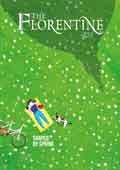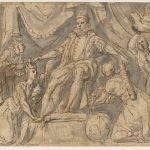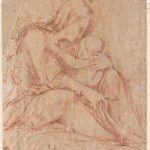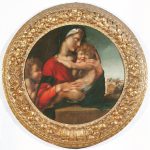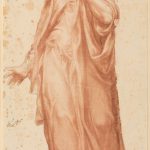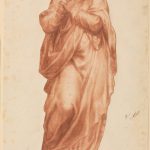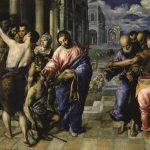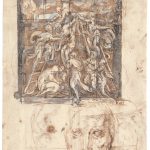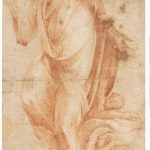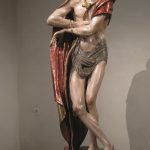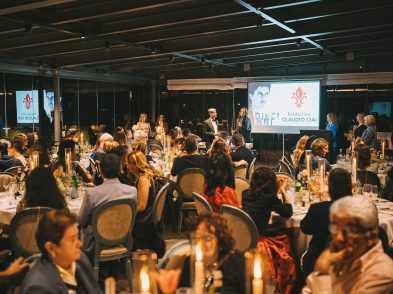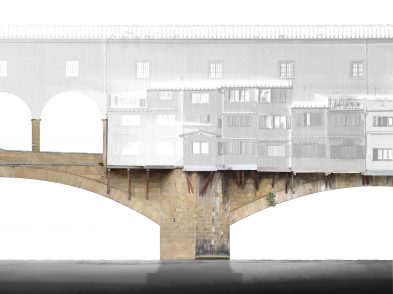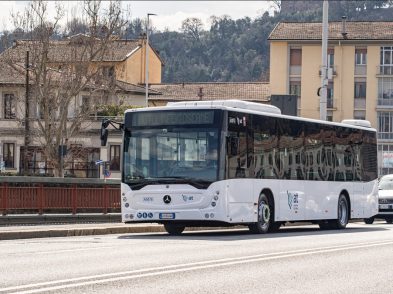- Blas de Prado – “Philip III and his domains” c. 1587
- Alonso Berruguete – “Madonna and Child” c. 1508-1510
- Alonso Berruguete – “Madonna and Child with a young St. John the Baptist” (Loeser Tondo) 1513-1514
- Pompeo Leoni or his circle – “Our Lady of Sorrows” c. 1585-1599
- Pompeo Leoni or his circle – “Saint John” c. 1585-1599
- Domínikos Theotokópoulos, known as El Greco – “Healing the Man Born Blind” c. 1570-1576
- Alonso Berruguete – “Deposition from the Cross and other Studies” c. 1545-1548
- Alonso Berruguete – “Christ the Saviour” c. 1526-1532
- Alonso Berruguete – “Ecce Homo” c. 1525
The Uffizi Gallery opened their most recent exhibition, Spain and Italy in Dialogue in Sixteenth-Century Europe, on February 27. Running until May 27, 2018, the show in the Aula Magliabechiana centres around the extraordinary exchanges that took place in the 1500s between Spanish and Italian artists. Indeed, some of the most renowned artists hailing from the Iberian Peninsula spent extended periods in Italy during their careers, namely Alonso Berruguete, Pedro Machuca, Bartolome Ordonez and Diego de Siloe. Likewise, many an Italian artist visited Spain in their lifetimes, including Romolo Cincinnato and Pompeo Leoni, both of whom were called to Spain to work in some of the most prestigious royal workshops.
“In the 16th century,” director of the Uffizi Gallery, Eike Schmidt, explains, “political and intellectual trends of the Spanish realms and Italian territories began to align with one another, resulting in continuous and unexpected exchanges, from the papacy of Alexander VI, born Borgia, to the conquest of the Neapolitan domains, to the annexation of the Duchy of Milan and the affirmation of Spanish influence on the Italian Peninsula.” The interaction between the two nations consequently brought about strong bonds in the cultural sphere, which were further sustained by commercial trade stretching across the Mediterranean.
The Uffizi Gallery is home to an extensive collection of Spanish and Italian drawings, many of which can be traced to the donation made by Emilio Santarelli in 1866, the largest collection in the museum’s Gabinetto dei Disegni e delle Stampe. The exhibition includes an introduction and eight sections, and surrounding the individual drawings are a series of sculptures, paintings, jewellery and objects of applied art, all aimed at contextualizing the era and this fruitful exchange between Spain and Italy.
